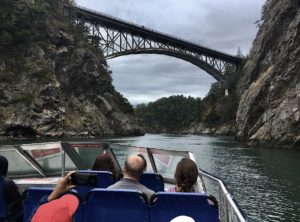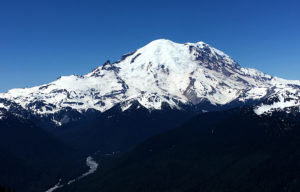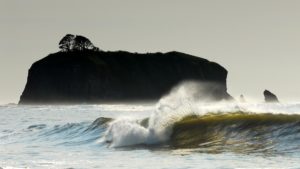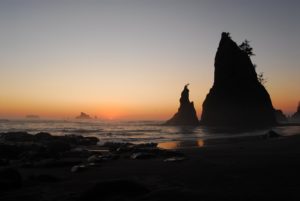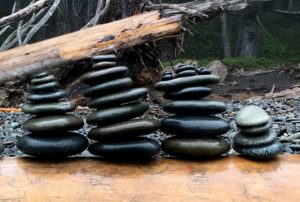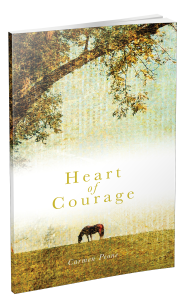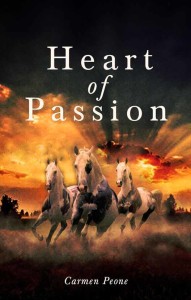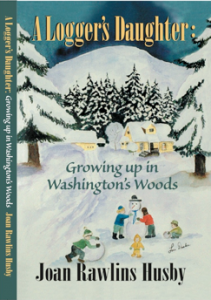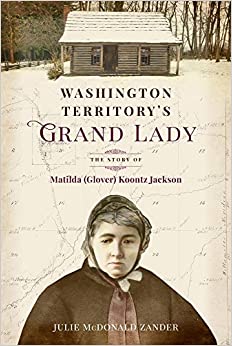
Washington Territory’s Grand Lady: Matilda (Glover) Koontz Jackson by Julie McDonald Zander is a scholarly non-fiction, well-researched and meticulously documented story of a hard-working early Northwest settler who could be called the “first lady” of Washington State.
Matilda was thirty-seven years old, the mother of four sons and pregnant with her fifth child, when she, her husband Nicholas, and their family journeyed west across the Oregon Trail in 1847. Their destination was Oregon’s fertile farmland in the Willamette Valley. It was a grueling journey, turned tragic when, before her eyes, her husband drowned in the Snake River while trying to free a tangled oxen. The shock of his death sent Matilda into early labor and she lost her infant daughter.
The family, heartsick, plodded on and finally reached Oregon City. Matilda was in a quandary. As a single woman, she couldn’t claim land, and had no means to support her family. Her health was not yet good enough to travel the long road back home to Missouri. In early 1848, Matilda met and married John R. Jackson, an English-born naturalized American. The family traveled north to his log cabin, which he called Highland Farm. The cabin, now preserved, is located in what is now known as Chehalis, Washington. John and Matilda had one son and two daughters, making a total of seven children.
The farm was productive. They raised cattle, pigs, sheep, goats, horses and chickens, and grew many crops. It’s hard to imagine how difficult their life was with no modern conveniences such as running water or electricity, nor automated farm implements. Yet with hard work, they prospered and helped form what became Washington Territory in 1853, and later a state in 1889.
Highland Farm was located midway along the Cowlitz Trail, an important north-south route between Oregon City and Puget Sound. It’s location made the Jackson home an ideal place to stop and rest and to conduct business. Matilda was known as a superb homemaker and travelers were always welcomed. Visitors to their home included Ulysses S. Grant, George McClellan (both of whom would become generals), and Isaac Stevens, the first territorial governor of Washington. John Jackson, Matilda’s husband, in addition to farming, became politically active as the population of the area increased. He served as sheriff, assessor, tax collector, territorial representative and justice of the peace. In all of these roles, Matilda supported his efforts by making their home welcoming and a place to meet.
Washington Territory’s Grand Lady, enriched by pictures, letters, diaries, and ledgers, is a valuable resource of Washington history. Matilda (Glover) Koontz Jackson (1811 – 1901) was indeed a remarkable lady, a dedicated wife and mother, and a person whose courage and hospitality helped shape the State of Washington.


